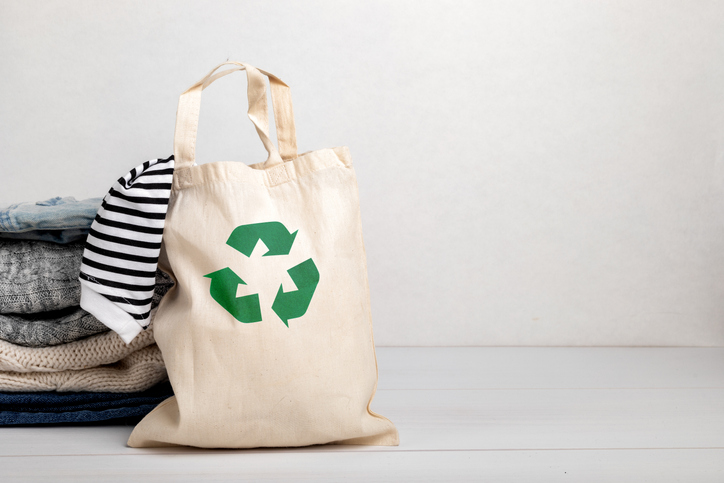With Earth Day, just a few days away, on April 22, let’s explore how different vertical markets can make a lasting impact on Earth Day and every day, specifically as it relates to ESG (environmental, social, and governance), which is becoming more critical for businesses every day.
History of Earth Day
First, if you have been following along with us all week, then you know we are doing a little Earth Day quiz. If you know me, then you know I love a good history lesson. So, let’s answer a few key questions about Earth Day before we look at how businesses can make a difference.
When was the first Earth Day? 1970.
When did Earth Day go global? 1990.
How many individuals have taken action? 1 billion.
How many countries are engaged today? More than 190.
Why did it start? In January 1969, Senator Gaylord Nelson and many others witnessed the massive oil spill in Santa Barbara, Calif. Inspired by a student anti-war movement, he wanted to infuse that same public consciousness into air and water pollution. Thus, campus teach-ins began on April 22, which was a weekday between Spring Break and Final Exams. The movement broadened to other organizations, faith groups, schools, and more, and the name Earth Day was used. By the end of 1970, the first Earth Day led to the creation of the U.S. EPA (Environmental Protection Agency). Two years later Congress passed the Clean Water Act.
How Businesses Can Get Involved
There are a number of actions businesses can take this week—and every week—in order to contribute to a healthier environment. Perhaps many initiatives start with three simple letters: ESG. ESG—while it might be the in new three-letter acronym—all businesses must keep an eye on. In fact, I would add every business must delineate from ESG, impact investing, similarities, and differences. What’s more, businesses need to move away from the linear take-make-waste model and toward a more circular economy. Let’s look specifically at one vertical market.
The fashion industry creates a large amount of waste. Some put the number close to 40 million tons of textiles that will be incinerated or moved to landfills every year. Add to that the fact that every year 150 million trees are cut down to make fabrics and that it takes nearly 3,000 liters of water to make one cotton t-shirt and 3,781 liters of water to make a pair of jeans and we discover the fashion industry is a big contributor to emissions. This in turn totals more than 8% of greenhouse gas emissions.
Clothes are an essential part of our lives. We need them to keep ourselves warm. So, the solution must then lie in circularity and sustainable fashion, which aims to reorient the industry and consumers away from the fast fashion model and toward more sustainable practices in sourcing, production, distribution, marketing, and consumption.
Perhaps one of the best ways to achieve this is through circularity. Consider the example I give in my book Sustainable in a Circular World. Canadian retailer Frank and Oak, for instance, says it uses denim from post-consumer waste. These are those worn-out jeans that were headed to landfills and are instead collected and redirected to a fabric recycler where they are shredded, broken down, then re-spun into new materials. Many clothing companies are jumping on the circular bandwagon to recycle jeans and so much more.
Clothing that is reused or otherwise kept in service and worn again is better for the planet—the material and energy that went into making them is not replaced. It will be interesting to see what Vogue and others reveal as hot new looks in an attempt to avoid filling landfills.
Now that we have this as one example. How might this apply in your industry? I gave the example of food and agriculture on The Peggy Smedley Show yesterday. How can we be more sustainable and circular in construction, manufacturing, energy, retail, or others? I would be very interested to hear what your industries are doing to be more sustainable and circular.
Want to tweet about this article? Use hashtags #IoT #sustainability #AI #5G #cloud #edge #futureofwork #digitaltransformation #green #ecosystem #environmental #circularworld


